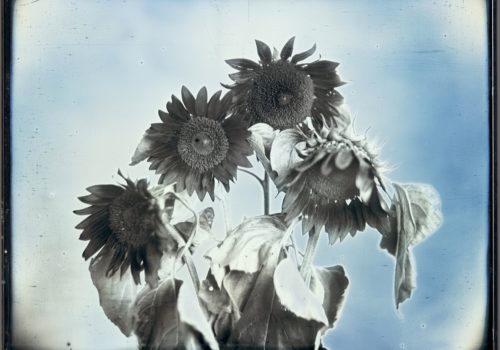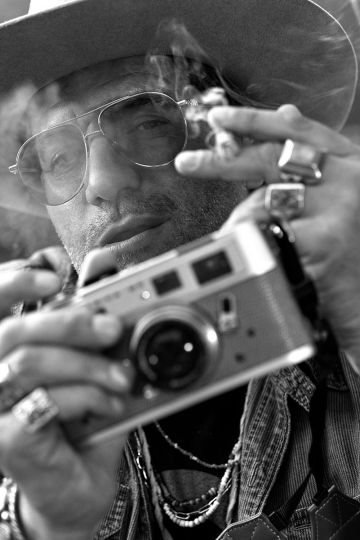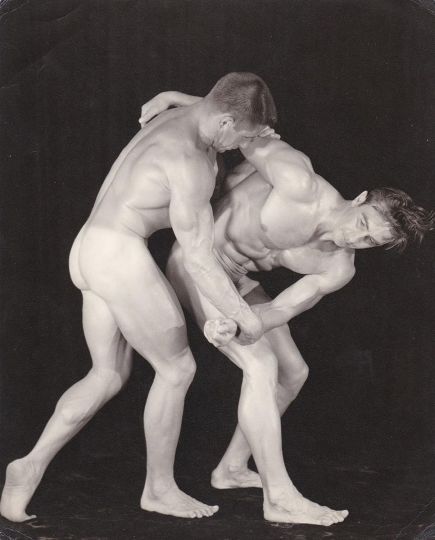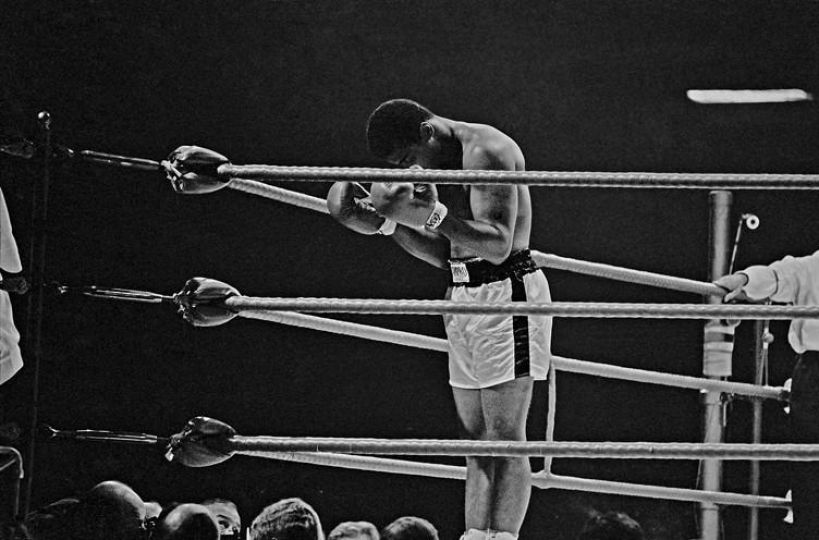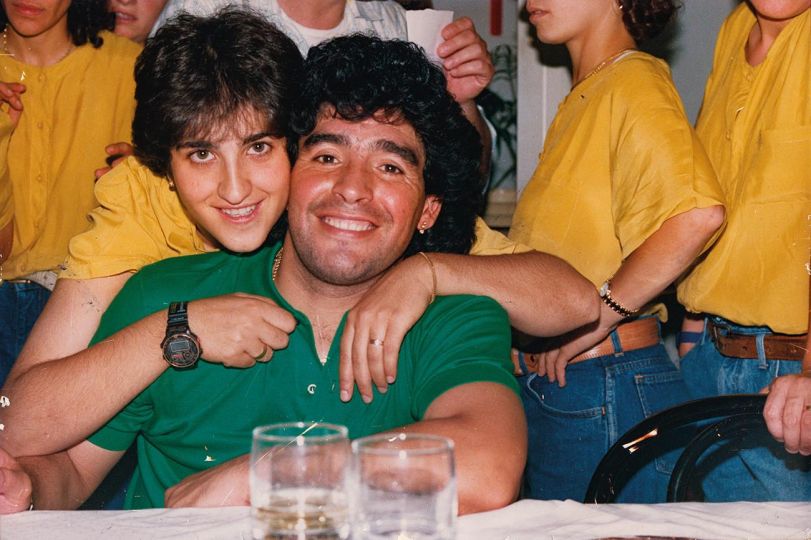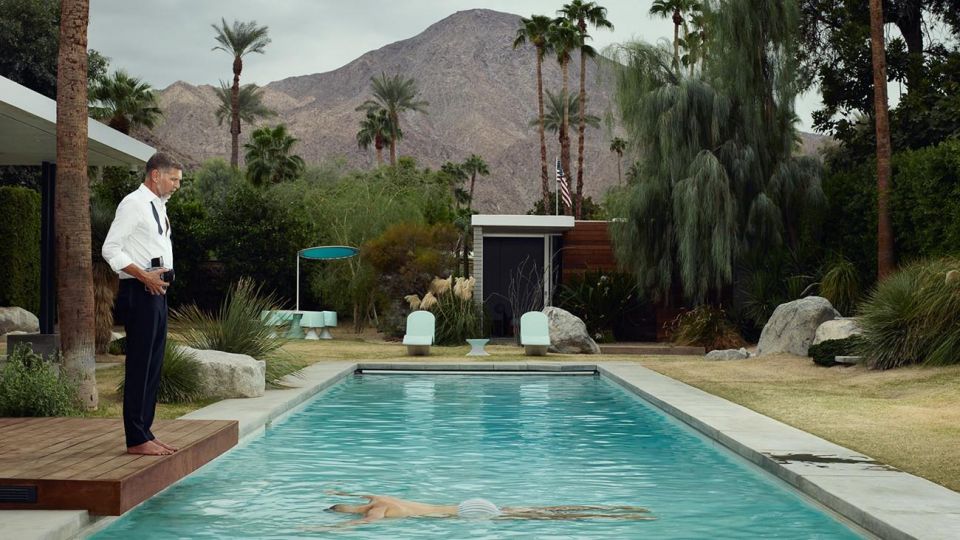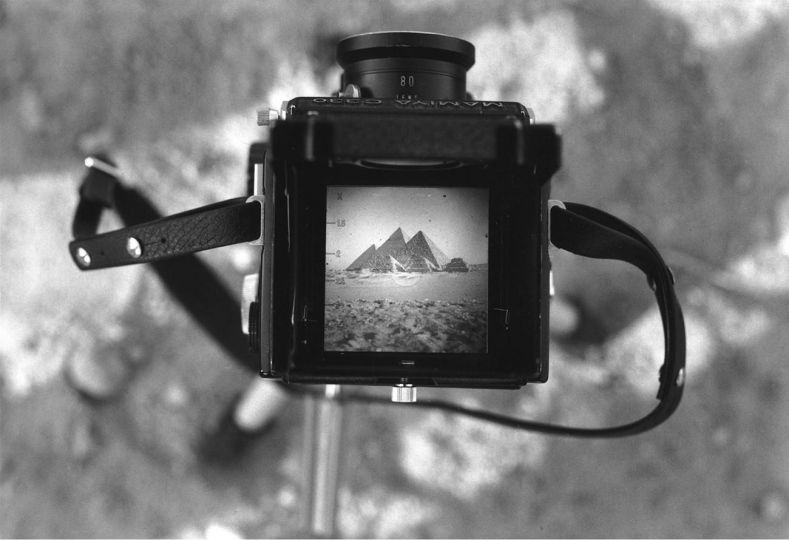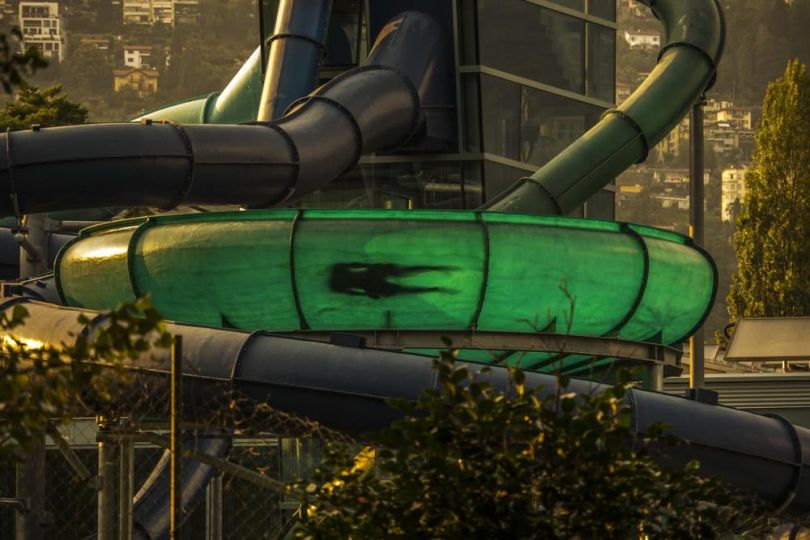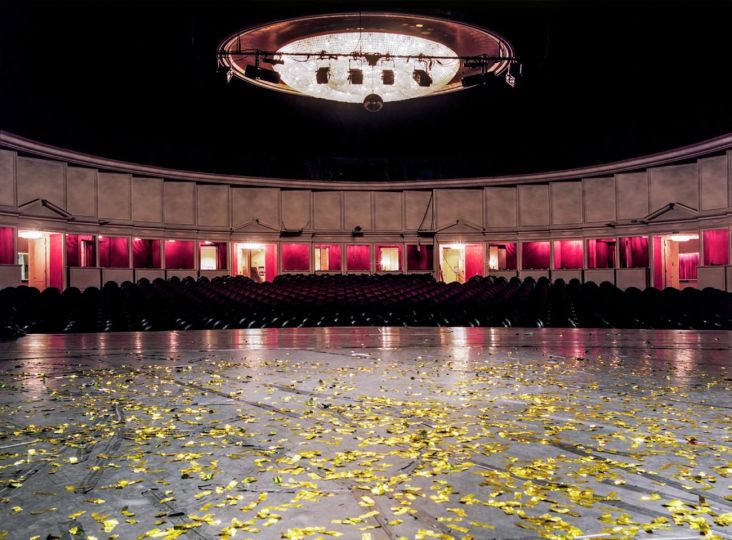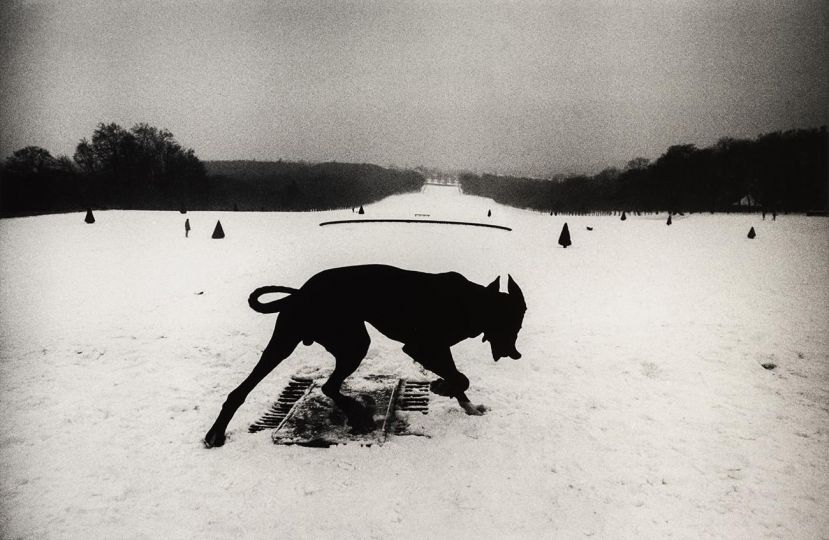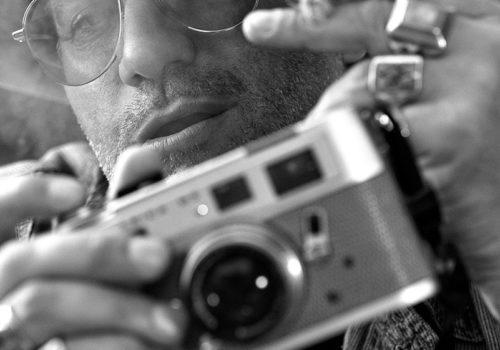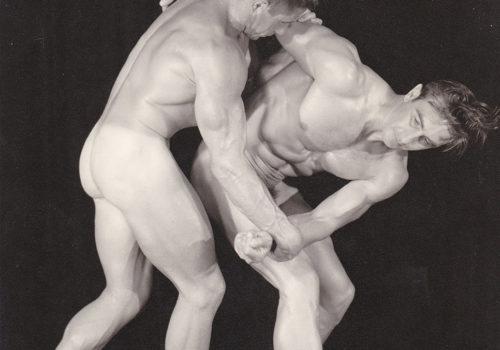Born in Japan in 1978, Takashi Arai is a contemporary daguerreotypist who specially uses this technique to deal with a particularly sensitive subject in a country that knew Hiroshima and Nagasaki, and is now confronted to the after-effects of Fukushima: the nuclear question.
His book Monuments, published in 2015, brings together the different series of a cycle begun in March 2011 when Takashi Arai started to photograph the destruction caused by the tsunami, then the Fukushima region affected by radioactive contamination. The nuclear question has returned to the centre of concern in a country that is the only one to have been attacked with nuclear weapons. Takashi Arai decided to continue his work recording the tangible and symbolic traces of this history, in Japan and in the United States. In photographing the people, the landscapes, the animals, the flowers, the regions close to the power station, he wants to provide evidence of the invisible and threatening presence of the contamination.
The exhibition presented at the Camera Obscura gallery shows for the first time in France, a meaningful collection of this work, and notably a spectacular work showing the Fukushima nuclear power station, composed of 288 daguerreotypes of 6 x 6 cm, of an overall dimension of 67 x 288 cm. The exhibition’s title, Cent soleils refers to one of the series of his work Exposed in a hundred suns, which recalls the power to which the cities of Hiroshima and Nagasaki were exposed.
Takashi Arai, Cent soleils
Galerie Camera Obscura,
From 7th April to 27th May 2017
268, boulevard Raspail
75014 Paris XIV
France

